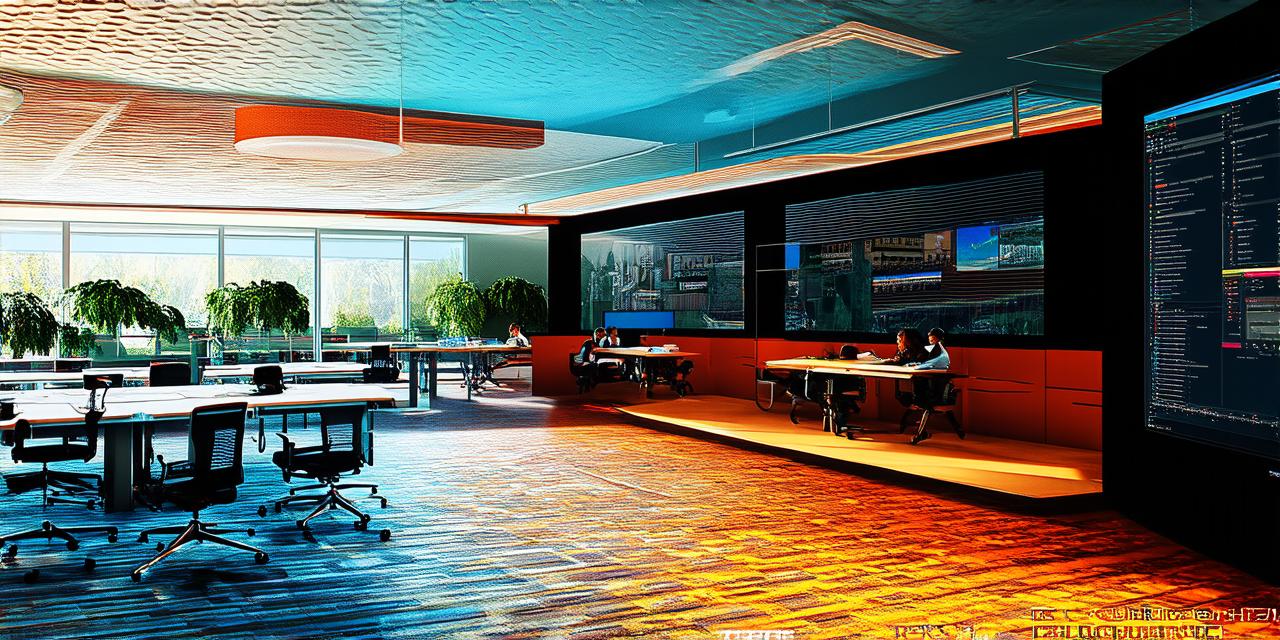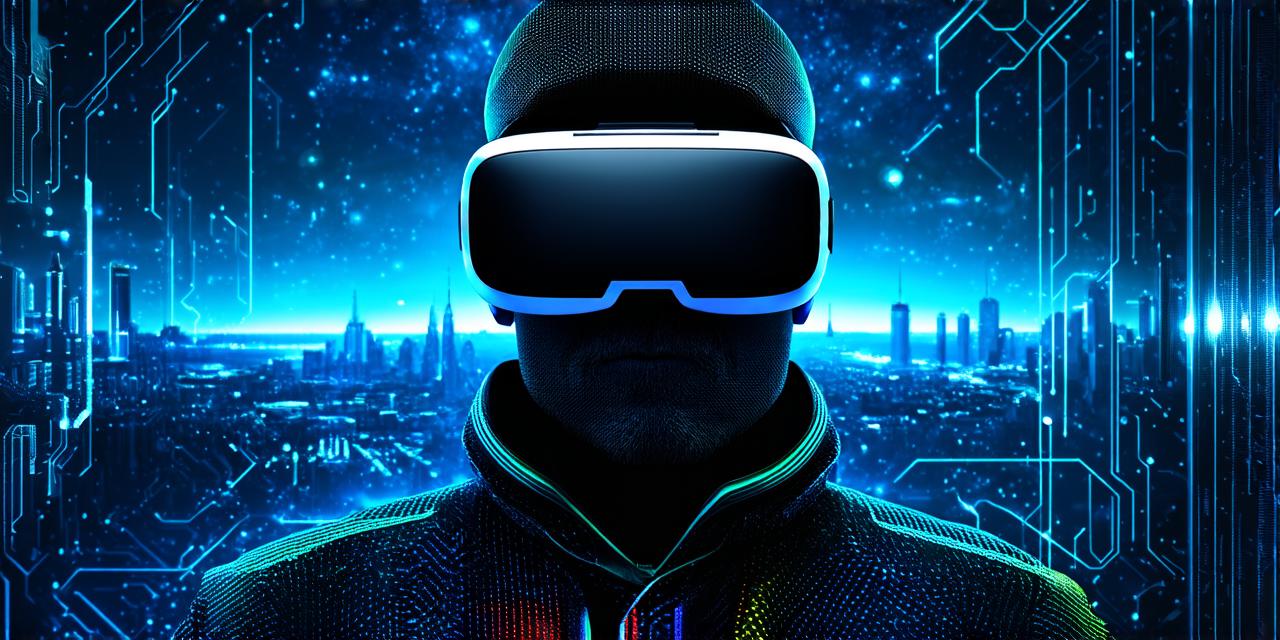
What is the role of virtual reality in enhancing students learning?
Virtual reality (VR) is a rapidly advancing technology that has the potential to revolutionize education by providing students with immersive, interactive experiences that can enhance their learning in countless ways.
Table of Contents
ToggleWhat is Virtual Reality?

Virtual reality (VR) is a computer-generated simulation that creates an artificial environment that can be experienced and interacted with through specialized devices, such as headsets or goggles, and controllers. This technology allows users to enter a virtual world and interact with it in real-time, providing them with a fully immersive experience that can be used for education, entertainment, and other purposes.
The Benefits of Virtual Reality in Education
Virtual reality has the potential to provide students with a wide range of benefits in the classroom, including:
- Improved engagement: VR experiences are highly engaging and interactive, which can help to capture students’ attention and keep them motivated to learn. This can be particularly useful for subjects that may be difficult or uninteresting to students, such as science, history, or math.
- Enhanced visualization: Virtual reality allows students to experience and interact with complex concepts in a way that is not possible through traditional teaching methods. For example, students can use VR to explore the human body, view historical events from different perspectives, or visualize mathematical concepts.
- Increased collaboration: Virtual reality experiences can be shared among multiple users, allowing students to collaborate and work together in real-time. This can be particularly useful for group projects or discussions, as it allows students to share their ideas and work together towards a common goal.
- Improved retention: VR experiences are highly memorable, which can help to improve students’ ability to retain information. By providing students with immersive and engaging experiences, VR can help them to remember key concepts and ideas more effectively.
Applications of Virtual Reality in Education
Virtual reality has a wide range of applications in the classroom, including:
- Science: VR can be used to simulate scientific experiments and allow students to explore complex concepts such as biology, chemistry, and physics. For example, students can use VR to dissect virtual specimens or view the solar system from different perspectives.
- History: VR can be used to provide students with a unique perspective on historical events by allowing them to experience and interact with key moments in history. For example, students can use VR to explore ancient civilizations, witness historical battles, or even walk through the White House.
- Math: VR can be used to visualize complex mathematical concepts and make abstract ideas more accessible to students. For example, students can use VR to explore 3D geometry or simulate financial models.
- Language learning: VR can be used to provide students with immersive language learning experiences by allowing them to practice their skills in a virtual environment. For example, students can use VR to practice speaking and listening skills with native speakers from different parts of the world.
Conclusion
Virtual reality has the potential to revolutionize education by providing students with immersive, interactive experiences that can enhance their learning in countless ways. By improving engagement, visualization, collaboration, and retention, VR can help students to better understand complex concepts and ideas, and provide them with a unique perspective on the world around them. With its wide range of applications, virtual reality is a powerful tool that can be used in a variety of subjects and disciplines, making it an exciting and promising technology for the future of education.

